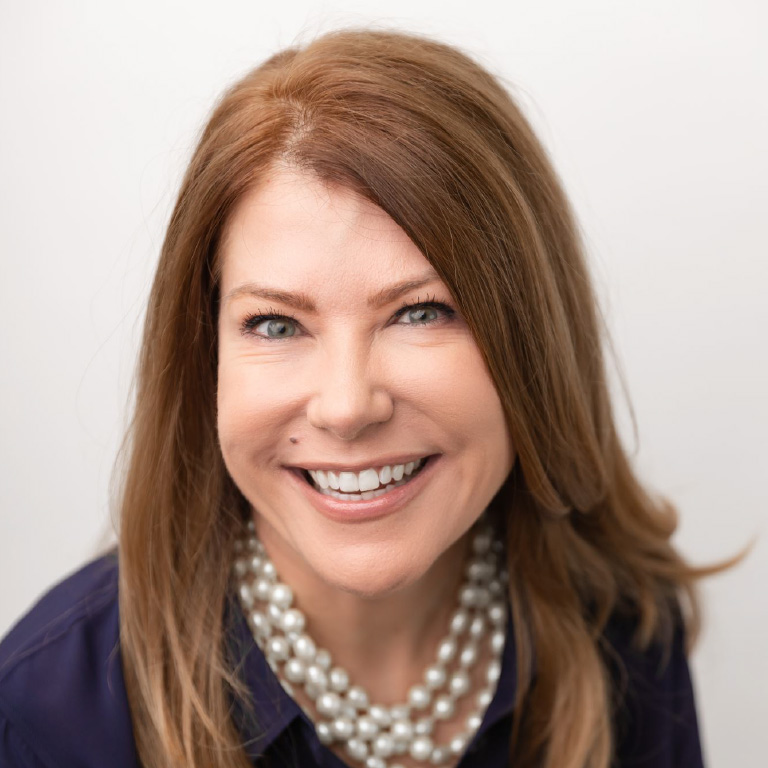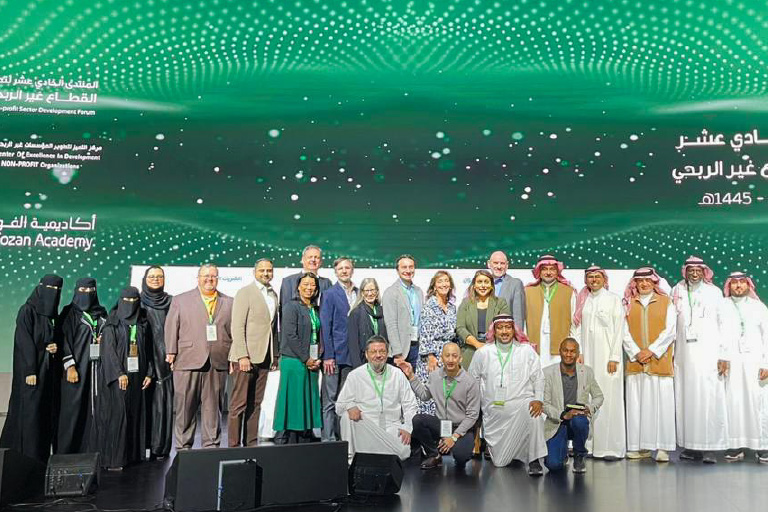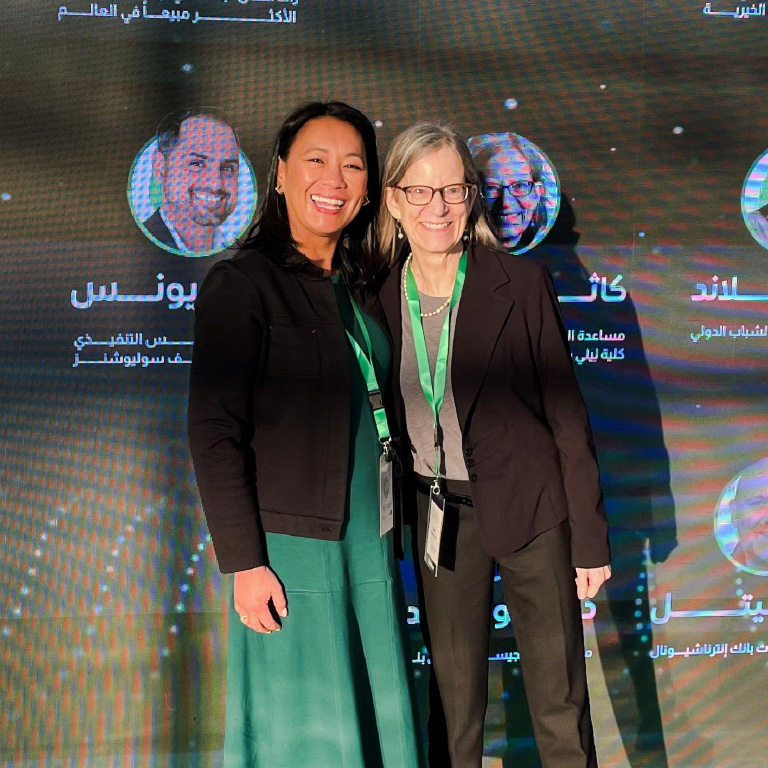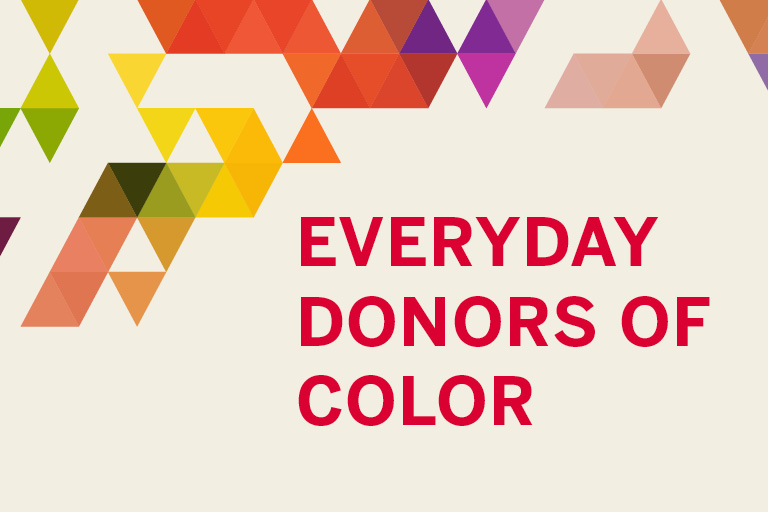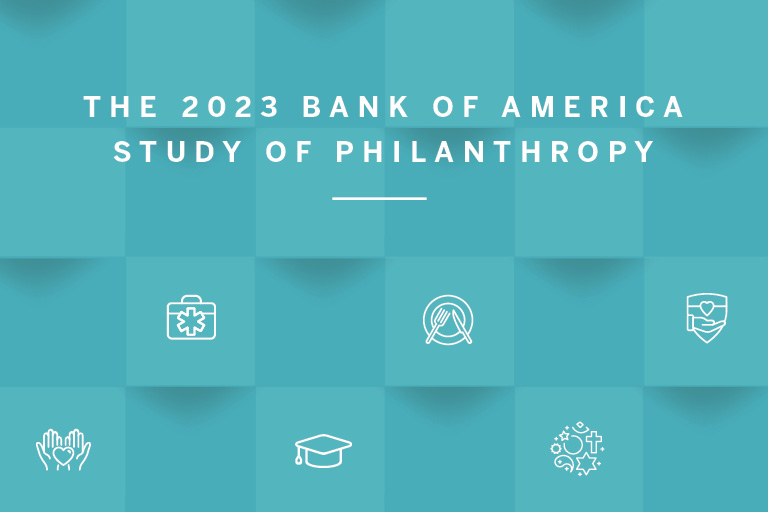Currently serving as Director of Parish Giving at the Church of St. John the Divine in Houston, Seidel previously served as Executive Director of Philanthropy at the American Bible Society, rising to that leadership position after serving as a Regional Advisor in development.
Early in her career, as her passion for philanthropy began to take shape, Seidel decided to enroll in the Nonprofit Management Certificate program from the IU O’Neill School of Public and Environmental Affairs.
“I started with the certificate to see ‘Can I do this?’” Seidel explains. “It really gave me the confidence to realize that there was a technique, and to be bold in how I serve others in the community.”
Seidel continued serving in the nonprofit world after she earned her initial certification, then experienced an “aha moment” that illuminated her path forward.
“When I considered all the things I had successfully started, I realized that it could be a career. But I also realized that in order to do that, I needed a formal educational credential in the philanthropic arena.”
Seidel then enrolled in the Master of Arts in Philanthropic Studies degree program and finished her degree in 2009; she also is a Certified Fund Raising Executive (CFRE).
“It’s really a calling for me,” she says. “I took a passion and formalized it.”
Seidel and her husband are strong supporters not only of the school, but also of Lake Institute on Faith & Giving. In fact, one of her favorite projects was advocating for financial support for participants in the executive certification program for religious fundraisers.
“If these ministers are going to take a week away from their congregations to learn about stewardship for their church communities, then I wanted to help ensure it would not be a stressor on them,” she says. “I’m proud to say that with the [Thomas H. Lake] Scholarship Fund, we are able to give nearly every applicant some help.”
Read about previous alumni award recipients
Check out our master’s degree program




